We ask 18-year-olds to vote without much direction on how it all works or why it’s important to participate. Help prepare students to be active participants in the political process and engage in civil discourse as adults by sharing books that teach students about democracy.

1. The Bill of Rights
by Kirsten Chang
Interest level: K-3
After the drafting of the U.S. Constitution, James Madison realized there were no laws established to protect the rights of the people. In 1791, the Bill of Rights was added to the Constitution. Readers will learn about this important symbol of freedom and how people practice their rights today!
2. Our Government: The Three Branches
by Shelly Buchanan
Interest level: 2-4
Once America was free from Great Britain, leaders needed to decide how to run the new country. The nation’s founders split the government into three branches. This ensured that no one person would have too much power. This system of checks and balances keeps us free!
3. Democratic Values: A Kid’s Guide
by Cari Meister
Interest level: 3-5
Liberty. Freedom. Equality. Honesty. Respect. All of these values are important when electing our officials. Readers learn about democratic values and how they play a part in our elections.
4. The Constitution Decoded: A Guide to the Document That Shapes Our Nation
by Katie Kennedy
Interest level: 3-8
This fascinating guide explains the Constitution word by word and idea by idea, helping readers see how the framers envisioned the United States and why they made the choices they did. Clear language helps kids understand big concepts, while dynamic illustrations bring America’s early days to life!
5. Elections
by Cassie M. Lawton
Interest level: 4-6
This book explores the election system, key elections that happen in the United States and the historic path to securing elections for all. Students will learn about the ways people work together to keep elections free and fair today. Readers are also asked questions about what they’ve read to strengthen comprehension and critical-thinking skills.
6. Voting for the President of the United States
by Shannon H. Harts
Interest level: 4-6
Why is voting to choose the president of the United States important? What is the process and how has it changed? Share answers to these essential questions and educate students about an important facet of citizenship. Equipped with this new knowledge, students will feel empowered to mold the nation’s history through voting.
7. U.S. Presidents: The Oval Office All-stars
by Dan Green
Interest level: 5-8
This book shows kids the nation’s leaders as they’ve never seen them before! Every president, from George Washington to President Joe Biden, has an individual entry and speaks directly to the reader. Often humorous, these lively and enlightening articles bring history to life.

8. Peaceful Fights for Equal Rights
by Rob Sanders
Interest level: P-3
Through sparse and lyrical writing, Rob Sanders introduces abstract concepts like “fighting for what you believe in” and turns them into something actionable. Jared Schorr’s bold, bright illustrations bring the resistance to life, making it clear that one person can make a difference, and together we can accomplish anything.
9. The Protest
by Samantha Thornhill
Interest level: K-3
Lily learns that the community garden is going to be torn down and made into a parking lot. She and her friends are upset by the news. They decide to form a protest and call on friends, neighbors and reporters to participate and save their beloved garden. Can the children prove that kids can make a difference, too?
10. Rise Up! The Art of Protest
by Jo Rippon
Interest level: 3-7
Celebrate the right to resist! Human rights belong to every single one of us, but they are often under threat. Developed in collaboration with Amnesty International, Rise Up! encourages young people to engage in peaceful protest and stand up for freedom. Photographs of protest posters celebrate the ongoing fight for gender equality, civil rights, LGBTQ rights, refugee and immigrant rights, peace and the environment.
11. Resist: 40 Profiles of Ordinary People Who Rose up Against Tyranny and Injustice
by Veronica Chambers
Interest level: 4-7
A perfect tool to help young readers grow into the leaders of tomorrow, Veronica Chambers’ collection of profiles will inspire kids of all ages to stand up for what’s right. Resist profiles people who resisted tyranny and stood up to bullies that threatened their communities. Supported by portraits and the resisters’ most memorable quotes, these stories will inspire readers to speak out and rise up.
12. Generation Brave
by Kate Alexander
Interest level: 5-8
Generation Brave is an illustrated celebration of Gen Z activists fighting to make our world a better place. These bold and original thinkers are not afraid to stand up to authority and conventional wisdom. Generation Brave showcases Gen Z activists who are fighting for change on many fronts: climate change, LGBTQ rights, awareness and treatment of mental illness, gun control, gender equality and corruption.

13. Facts and Opinions
by Kristine Spanier
Interest level: 2-5
Readers will learn the difference between facts and opinions, as well as how to use media and information critically and responsibly. This book features reading tips for teachers and parents, a table of contents, a Take Action! activity, compelling questions to encourage deeper inquiry, a glossary and an index.
14. Viral News on Social Media
by Paul Lane
Interest level: 4-6
Over the past 20 years or so, social media platforms and apps have boomed. Even reputable news sources share their stories on social media so people can repost and comment on them, but sometimes the stories that go viral aren’t the ones from the best sources. This useful title shows readers how to notice the telltale signs of a fake story and how to track down good sources to share instead.
15. Media & the News
by Holly Duhig
Interest level: 5-8
This book takes a hard look at the role of the media in our lives, from jobs in the media to media diversity to identifying fake news. A handy timeline makes it easy to track historical changes and important innovations in media.
16. You’re Being Duped: Fake News on Social Media
by Jennifer Peters
Interest level: 5-8
It’s nearly impossible for many teenagers to imagine their lives without social media. Savvy though they may be, teens are still plagued by the same specters that haunt all social media users: trolls and bullies, privacy issues and fabricated stories. Arm readers with the knowledge, tools and critical perspective they need to navigate the tricky world of social media.
17. Fake News: Read All About It
by New York Times, Eds.
Interest level: 9-12
Though “fake news!” has become a popular slogan, many still struggle to distinguish between fake news and legitimate reporting. Furthermore, many don’t realize how data research centers and foreign governments may propagate inaccurate, sensational stories. Students will learn about fake news: how it’s made, how it affects the public, how groups use it to push specific agendas and more.

18. Helping Mayor Patty (Katie Woo’s Neighborhood series)
by Fran Manushkin
Interest level: K-2
When Katie’s aunt Patty is elected mayor, Katie thinks her aunt will be able to make fabulous new rules, like free ice cream on Sundays! After Aunt Patty explains how the office works, Katie wants to share her ideas with the city council. How can Katie and her friends make the neighborhood better for kids like them?
19. Learning About Local Laws: Understanding Citizenship
by Dalton Blaine
Interest level: K-2
The next generation of U.S. citizens can shape the nation and the world. With knowledge of the foundations of citizenship and society, readers can make informed decisions and actively participate in local, state and national government.
20. Our Trip to the Courthouse: Understanding Government
by Reggie Harper
Interest level: K-2
Civic engagement lays the foundation for the next generation of U.S. citizens. This book gives readers the tools they need to understand how the government functions. Relatable characters and vibrant illustrations teach kids the foundations of citizenship and civics.
21. What Does the Mayor Do All Day?
by Emily Mahoney
Interest level: 1-3
This book helps young readers learn about the day-to-day responsibilities of the mayor of a city or town. With detailed information about meetings, ceremonies, giving speeches, planning projects and getting elected, What Does the Mayor Do All Day teaches students about one important community leadership position.
22. How Rules and Laws Change Society
by Joshua Turner
Interest level: 2-4
For societies to function successfully, they need rules and laws. This book takes an in-depth look at the way laws and rules influence society and how people can have an impact on the laws that govern them. Readers will learn about different types of societies and get a brief overview of how laws are created in the United States.

23. All the Way to the Top: How One Girl’s Fight for Americans With Disabilities Changed Everything
by Annette Bay Pimentel
Interest level: K-3
When Jennifer Keelan was just eight years old, she participated in the Capitol Crawl. The deeply affecting image of this child with cerebral palsy crawling up the steps of Capitol Hill went viral and helped pressure Congress into passing the Americans with Disabilities Act. A powerfully illustrated biography of Jennifer’s life and a celebration of youth activism, All the Way to the Top will teach all children that they have the power to make a difference.
24. She Was the First! The Trailblazing Life of Shirley Chisholm
by Katheryn Russell-Brown
Interest level: 3-6
In 1964, Shirley Chisholm took her voice to politics, becoming the first Black woman elected to the New York State Assembly, and in 1968, the first Black woman elected to Congress. In 1972, she became the first Black woman to seek the presidency of the United States. Shirley Chisholm, a woman of many firsts, was an unforgettable political trailblazer who opened the door for women in the political arena and for the first Black president of the United States.
25. Finish the Fight! The Brave and Revolutionary Women Who Fought for the Right to Vote
by Veronica Chambers and the staff of The New York Times
Interest level: 3-7
Who was at the forefront of women’s right to vote? We know a few famous names, like Susan B. Anthony and Elizabeth Cady Stanton, but what about so many others from diverse backgrounds – Black, Asian, Latinx, Native American and more – who helped lead the fight for suffrage? It’s time to celebrate the women whose stories have yet to be told.
26. Who Was Harvey Milk?
by Corinne A. Grinapol
Interest level: 3-7
Teach students about one of the most influential leaders in the fight for gay rights! Although he started out as a teacher, Harvey Milk found himself captivated by the history-making movements of the 1960s. He would eventually make history of his own by becoming the first openly gay elected politician in California. Even though his life and career were cut short, Harvey Milk is still one of the most famous openly LGBTQ officials elected in the United States.
27. Changing Laws: Politics of the Civil Rights Era
by Judy Dodge Cummings
Interest level: 5-9
This book invites students to explore the key legislative and judicial victories of the Civil Rights era. As racial tensions ripped the country apart, presidents from Eisenhower through Nixon worked to uphold the U.S. Constitution, sometimes willingly, and sometimes reluctantly. Hands-on projects, research activities, links to online resources and more promote a deeper understanding of history and offer social emotional learning opportunities.
28. Make Trouble: Standing Up, Speaking Out, and Finding the Courage To Lead (Young Reader’s Edition)
by Cecile Richards
Interest level: 5-12
Former Planned Parenthood president and activist Cecile Richards presents the young readers edition of her New York Times bestselling memoir.
To make change, you have to make trouble. Cecile Richards had an extraordinary childhood in Texas. Her father, a civil rights attorney, and her mother, an avid activist and the first female governor of Texas, taught their kids to be troublemakers. Growing up, Richards observed the rise of women in American politics. By sharing her story with young readers, she shines a light on the people and lessons that have gotten her though life.
29. Girl Rising: Changing the World One Girl at a Time
by Tanya Lee Stone
Interest level: 9-12
This companion to the powerful documentary about educating girls around the world draws on new research to illuminate the facts behind the film. Girl Rising explores injustices ranging from child marriage and slavery to sex trafficking, gender discrimination and poverty.
What are your favorite books that teach students about our system of government? Share in the comments below!



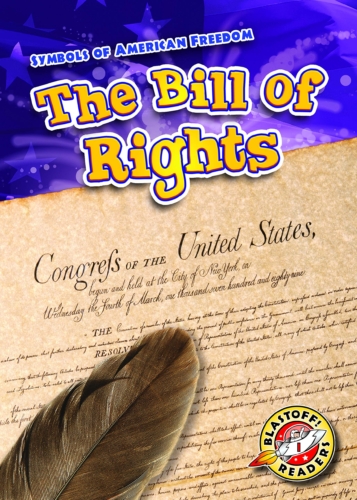
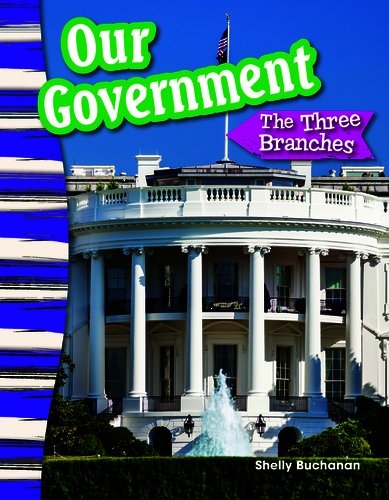
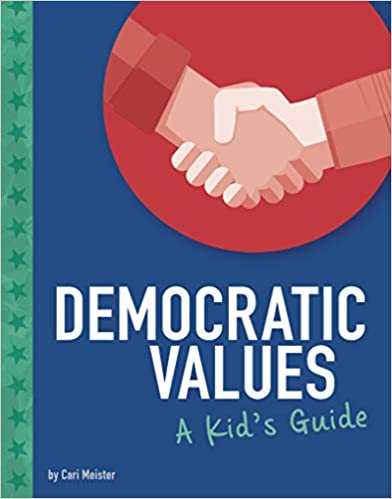
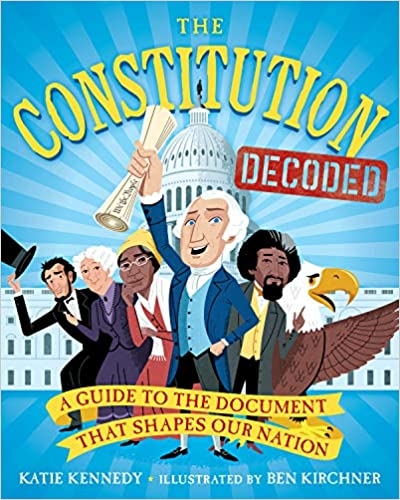
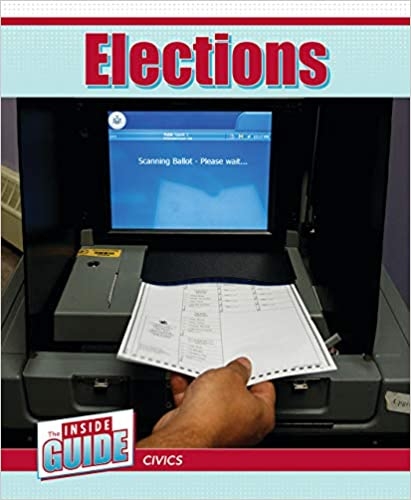
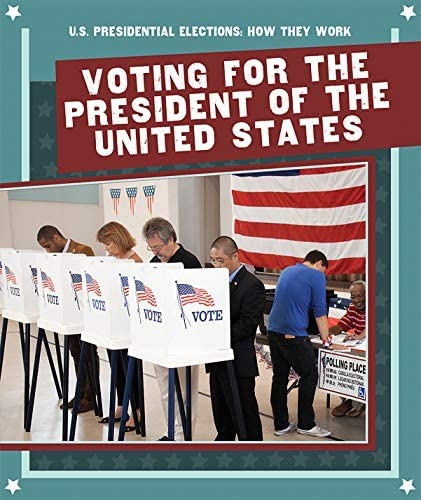
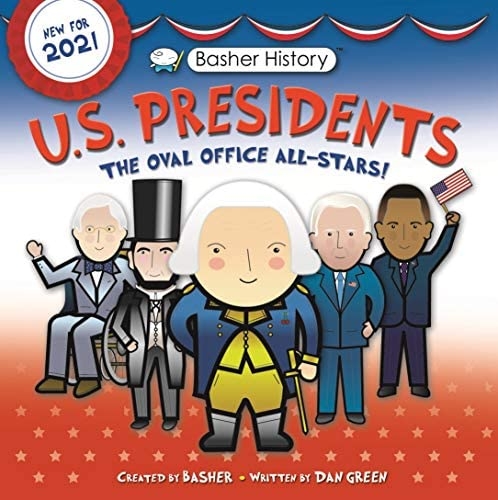
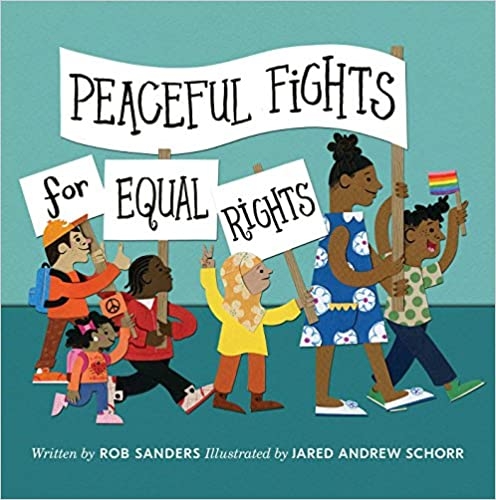
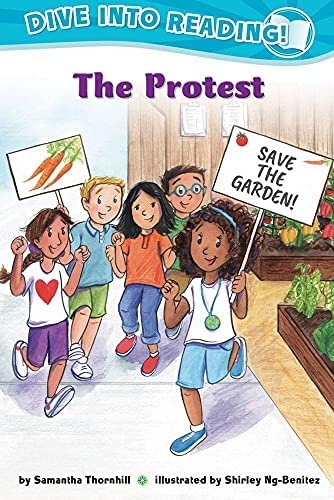
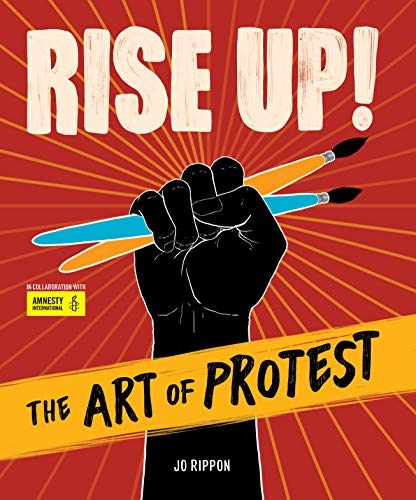
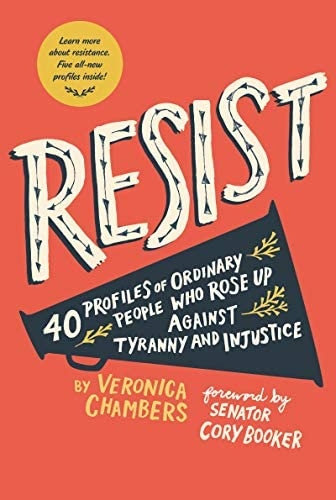
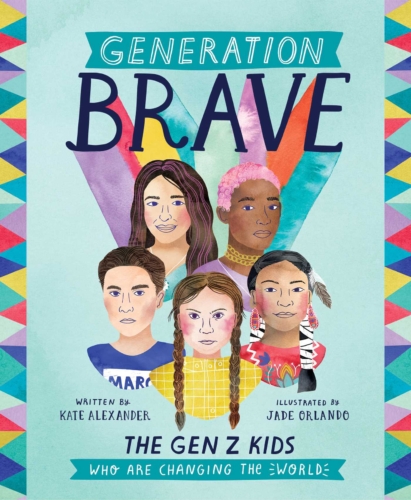
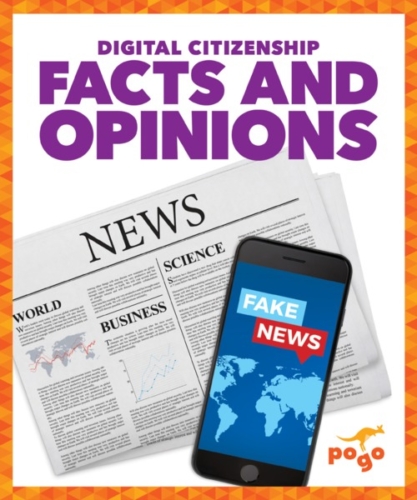
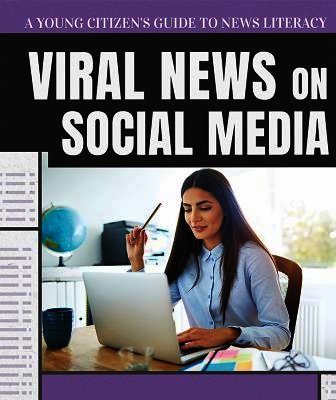
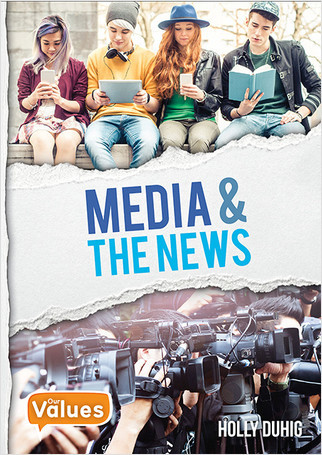


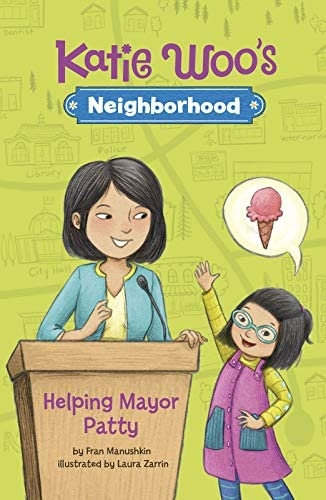
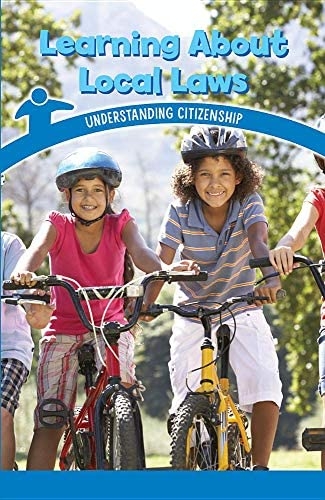
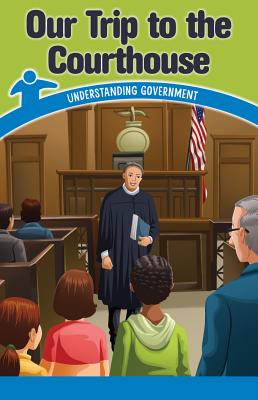
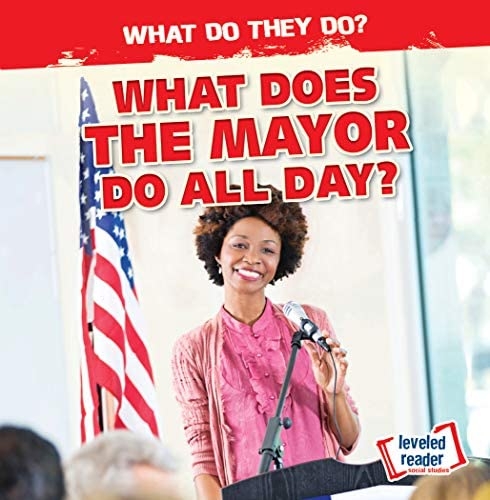
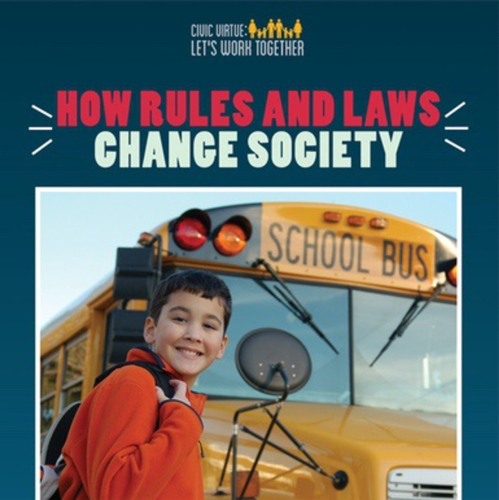
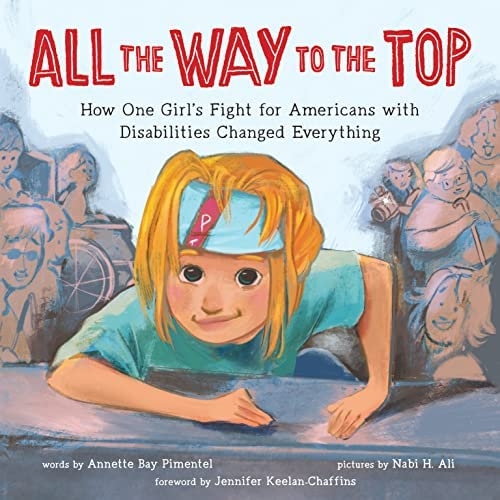
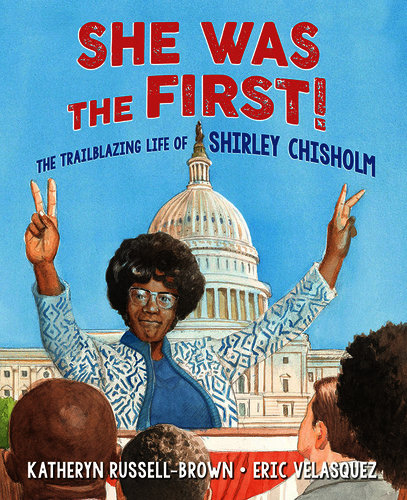
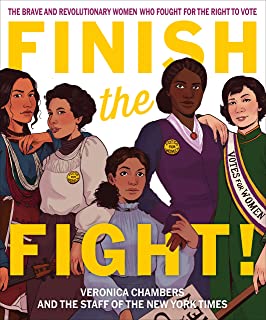
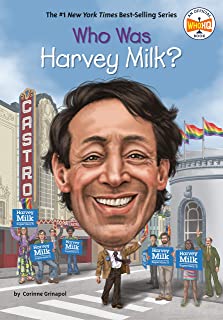
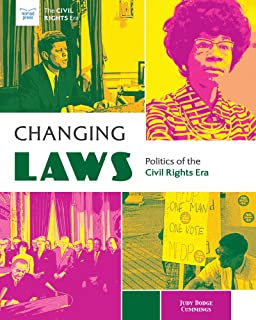
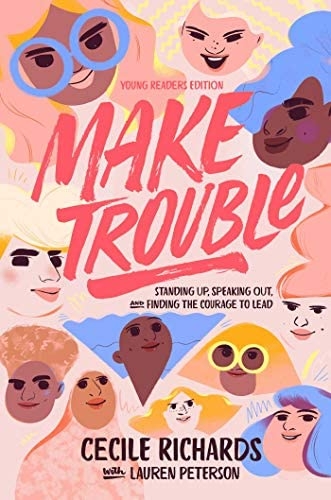
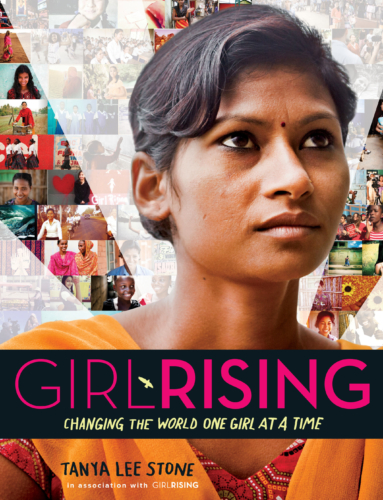
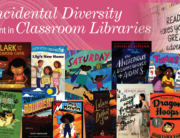

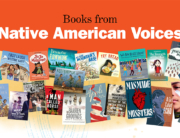

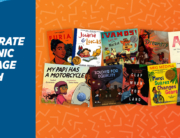
Leave A Comment